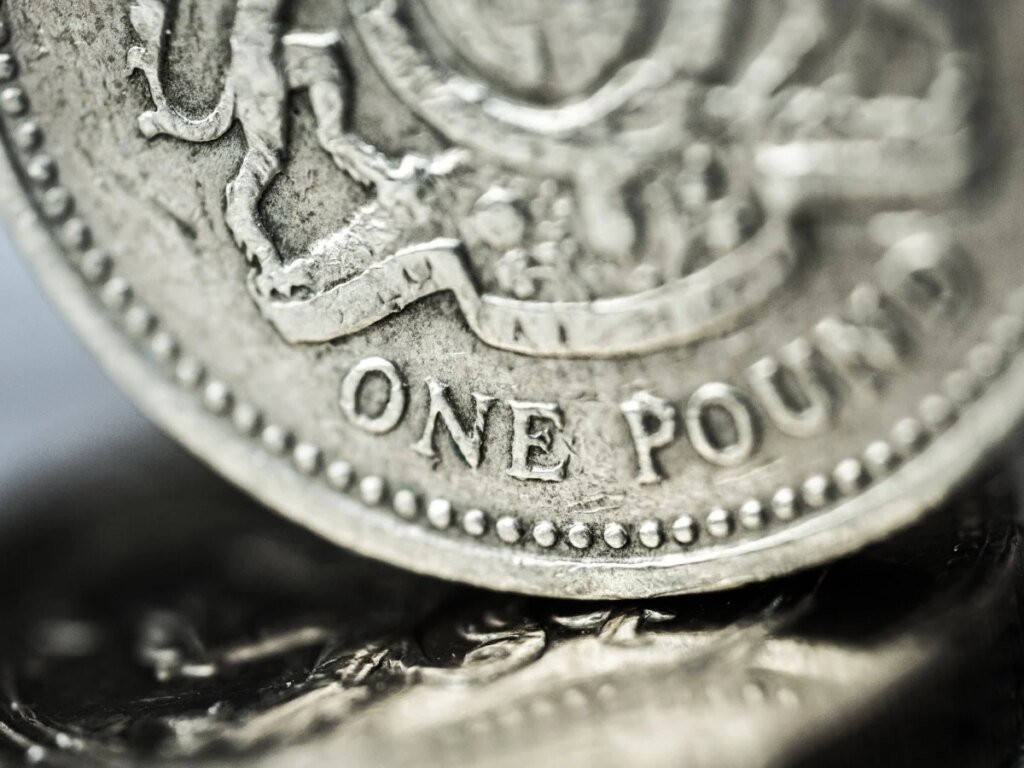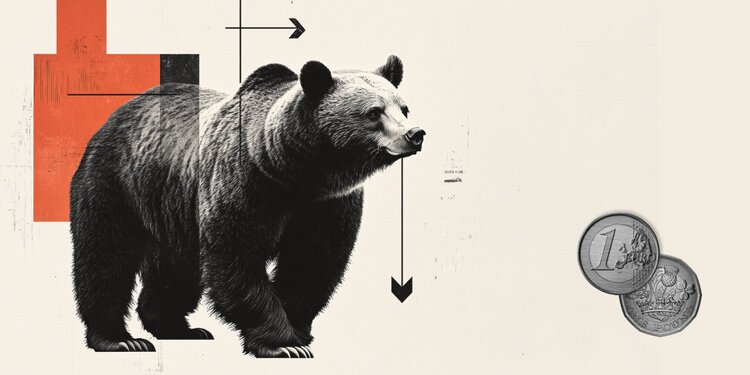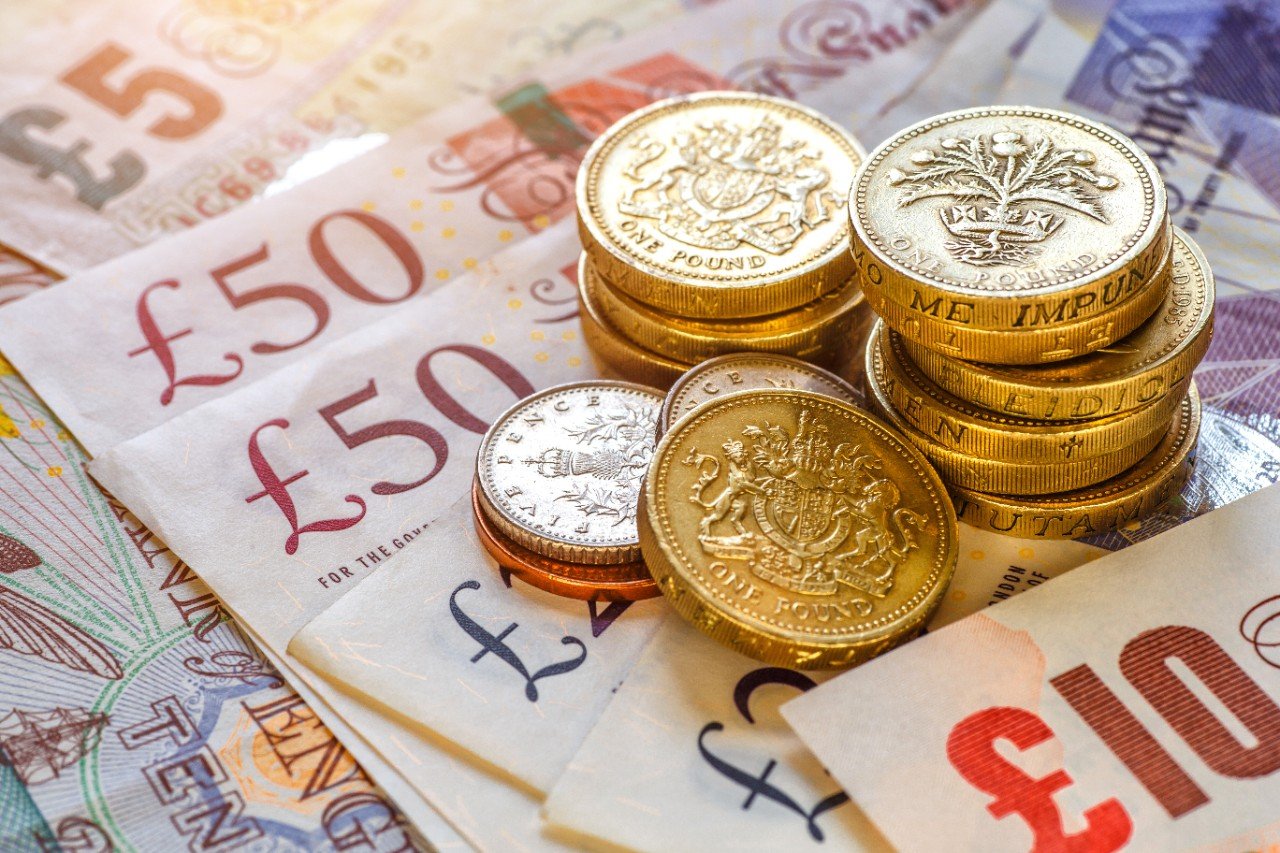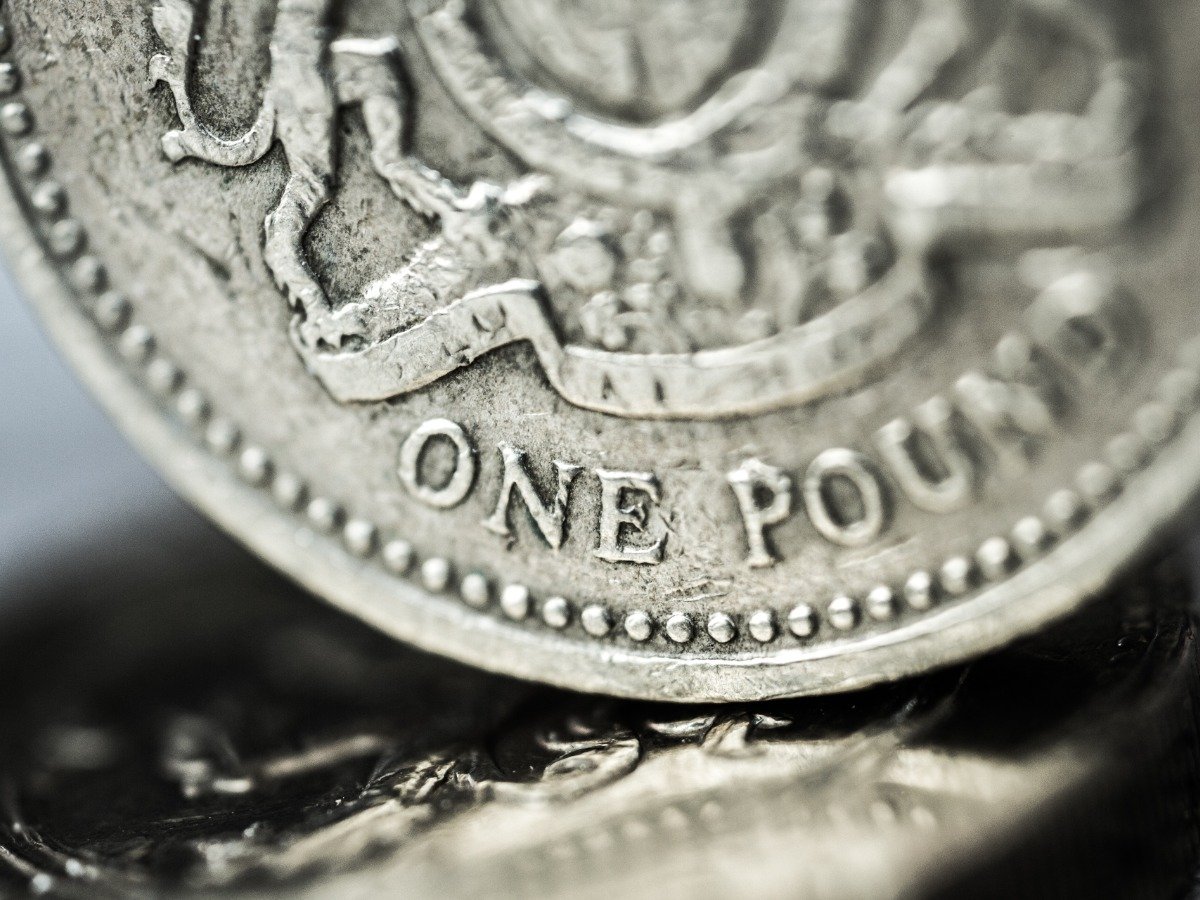
The British Pound Sterling edged lower against the majors on Tuesday, including the Euro and US Dollar, after UK inflation surprised to the downside, reigniting expectations that the Bank of England could begin cutting rates before year-end.
Sterling weakened by around 0.3% against both major counterparts — with the pound to euro exchange rate (GBP/EUR) trading at 1.1488 and the pound to dollar exchange rate (GBP/USD) at 1.3328 — after the Office for National Statistics reported that headline UK inflation held steady at 3.8% year-on-year in September, undershooting forecasts for a rise to 4.0%. Core inflation also eased to 3.5%, down from 3.6%, adding to expectations of earlier Bank of England rate cuts.
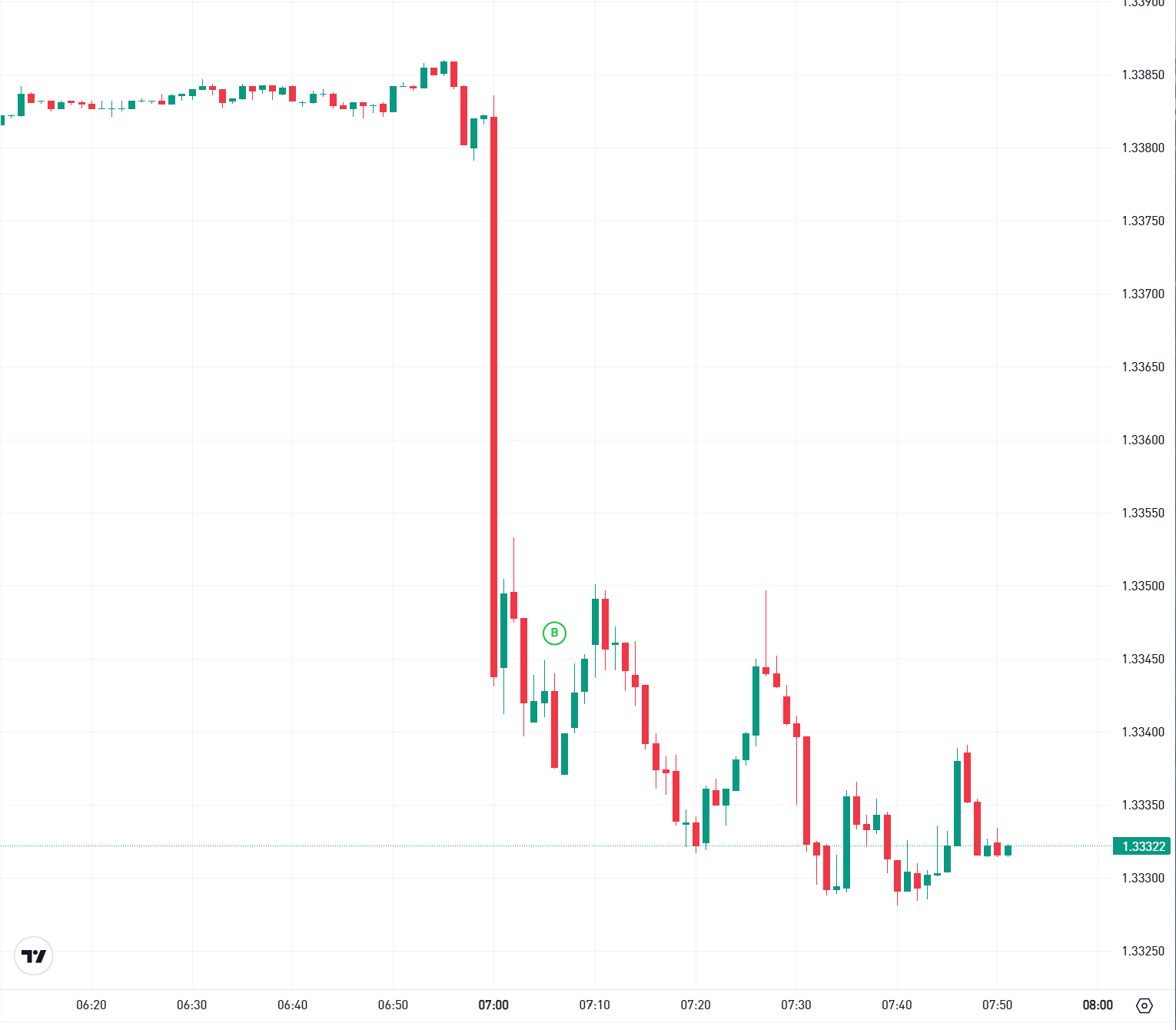
Barclays said the figures “were softer than expected, with the headline figure holding steady at 3.8% y/y.”
“The print prompted market expectations to shift towards a faster BoE easing cycle, with ~17bps of cuts priced in by year-end, up from ~10bps priced in yesterday,” Barclays added.
“Chancellor Reeves also announced Budget measures aimed at curbing inflation and the cost of living, which, if successful, may pave the way for a faster rate-cutting cycle.”
James Smith, economist at ING, said the data “brings December rate cut back into play.”
“Both food and services inflation are undershooting the Bank of England’s forecasts,” he noted, “and together with softer wage growth, that brings another 2025 rate cut firmly back into play. Everything now depends on the details of the November Autumn Budget.”
He highlighted that “food prices actually dropped in September,” pushing the annual rate below 5% — “half a percentage point below the Bank’s August forecasts.”
“It’s a similar story with services inflation; that’s running 0.3pp below those August projections,” he said. “Various measures of ‘core services’ dipped in September — including restaurants and cafés, often seen as a bellwether for underlying price pressures.”
Lloyds Bank economists called it “a solid downside surprise,” noting that “headline held at 3.8% y/y, when the expectation was for a rise to 4.0%, while core CPI dropped to 3.5% y/y from 3.6%.”
“Services prices held at 4.7% y/y versus the 5.0% the BoE pencilled in in August,” Lloyds said. “There were other helpful factors in the mix too, including a decline in food… This report does provide some welcome relief, avoiding the discomfort of inflation moving back to double the target.”
While analysts agreed inflation pressures are easing, they cautioned that price growth remains far from the Bank’s 2% goal — leaving the pace of cuts dependent on both wage trends and fiscal policy in the forthcoming Budget.
Looking ahead, traders will focus on upcoming central bank commentary and US labour data for fresh direction in the pound’s major pairs.
For the pound to euro (GBP/EUR), attention turns to Wednesday’s 12:00 speech by ECB Vice-President Luis de Guindos, which could influence expectations for the euro area’s monetary outlook and test recent support around 1.1480.
Against the dollar, the pound (GBP/USD) will take its cue from a raft of US jobless claims and housing data due Thursday. Markets expect initial jobless claims to range between 223k and 249k, while continuing claims are forecast near 1.93–1.94 million, alongside a modest 2% drop in existing home sales to 4.10 million.
Stronger US data could reinforce dollar demand and keep GBP/USD under pressure, while any signs of labour-market softening may bolster expectations for earlier Fed easing — and offer the pound a reprieve later in the week. See all upcoming events in our new economic calendar.

